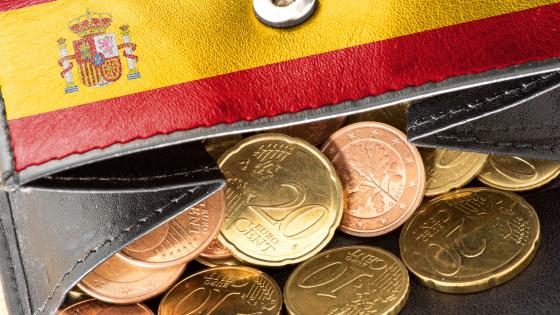DP8796 Envy, Guilt, and the Phillips Curve
We incorporate inequity aversion into an otherwise standard New Keynesian dynamic equilibrium model with Calvo wage contracts and positive inflation. Workers with relatively low incomes experience envy, whereas those with relatively high incomes experience guilt. The former seek to raise their income, and latter seek to reduce it. The greater the inflation rate, the greater the degree of wage dispersion under Calvo wage contracts, and thus the greater the degree of envy and guilt experienced by the workers. Since the envy effect is stronger than the guilt effect, according to the available empirical evidence, a rise in the inflation rate leads workers to supply more labor over the contract period, generating a significant positive long-run relation between inflation and output (and employment), for low inflation rates. This Phillips curve relation, together with an inefficient zero-inflation steady state, provides a rationale for a positive long-run inflation rate. Given standard calibrations, optimal monetary policy is associated with a long-run inflation rate around 2 percent.

